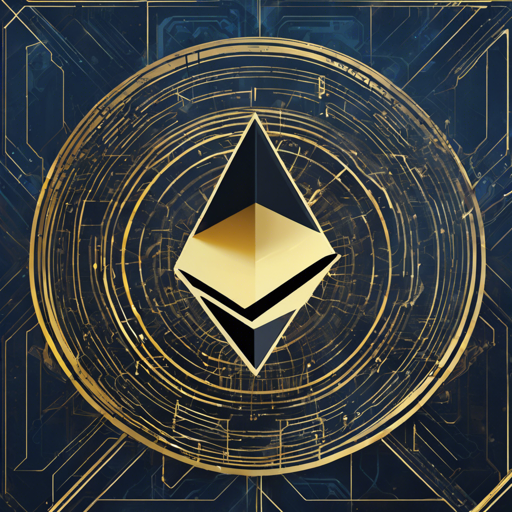Ethereum is not just a buzzword; it’s a revolutionary platform that enables developers to build decentralized applications (DApps) on its blockchain. In this guide, we will walk you through the fundamentals of Ethereum, how to get started, and some troubleshooting tips to help you on your journey!
What is Ethereum?
Ethereum is an open-source, blockchain-based platform that allows developers to create smart contracts and decentralized applications. Think of it as a digital stage where developers can perform their magic, orchestrating complex interactions between users without the need for a middleman.
How to Get Started with Ethereum
If you’re eager to dive into the world of Ethereum, follow these simple steps:
- Set up a digital wallet to hold your Ether (ETH) and interact with smart contracts.
- Learn how to use Ethereum’s native programming language, Solidity, which is akin to a specialized dialect that allows developers to communicate with the blockchain effectively.
- Explore available resources, such as tutorials or documentation on building DApps.
- Start small by creating your first smart contract and deploying it on the Ethereum network.
Understanding the Code: An Analogy
Let’s imagine Ethereum as a vast library filled with countless books (smart contracts) that can be accessed and edited by anyone (decentralized). Each book comes with its own set of rules (code) that determines how it can be read and written to. In programming, this translates to creating efficient code to manage these rules, ensuring that the books remain in order and accessible to readers (users) without interruption.
Troubleshooting Common Issues
While exploring Ethereum, you may encounter some bumps along the way. Here are some troubleshooting ideas:
- Transaction Issues: If your transaction is taking too long or failing, check the gas price you selected. Higher gas prices usually lead to quicker confirmations.
- Smart Contract Errors: Review your Solidity code for any logical errors. Utilize debugging tools available in Ethereum development environments.
- Wallet Connectivity: Ensure that your wallet is connected to the correct Ethereum network (mainnet or testnet). Incompatibilities could lead to unexpected behavior.
For more insights, updates, or to collaborate on AI development projects, stay connected with fxis.ai.
Final Thoughts
Understanding and working with Ethereum can open up a world of possibilities for developers and investors alike. As this innovative technology continues to evolve, staying informed and engaged will ensure you make the most of your Ethereum experience.
At fxis.ai, we believe that such advancements are crucial for the future of AI, as they enable more comprehensive and effective solutions. Our team is continually exploring new methodologies to push the envelope in artificial intelligence, ensuring that our clients benefit from the latest technological innovations.

